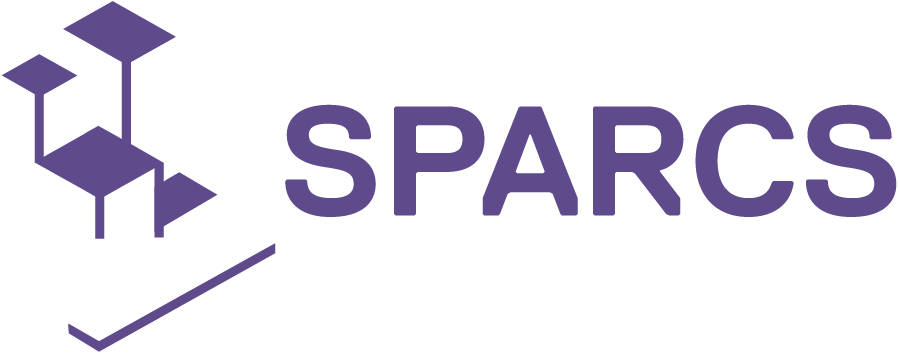Technical Requirements for the Integrated Information-Analytical Solution of Citywide Energy Data Collection in the City of Lviv
Issue statement
As discussed in our previous article, the regulation of collection of and access to energy consumption and energy efficiency data in Ukraine is outdated and insufficient as from the point of view of modern Green Deal demand. While there are certain provisions in the national Ukrainian legislation and international obligations of Ukraine, which stipulate the practical necessity of a system of energy efficiency data collection – there are no corresponding tools implemented yet.
The issue is a multilayered challenge requiring viable solutions on national, regional and local levels. The situation is aggravated even more due to the lack of proper coordination amongst these different management layers. Thus, the pressure on the lower levels is constantly strengthened, regarding the energy efficiency achievement, requirement compliance and obligations fulfillment, while all attempts at any actual improvement are limited by the absence of databases for situation monitoring and control, as well as authority for their creation.
In this regard, the team of Lviv City Council (LCC) together with two other Ukrainian teams, namely Lvivavtodor and NGO National Ecological Center of Ukraine (NECU) set the aim of creation of local-scale integrated information-analytical solution (IIAS) in the framework of SPARCS project, which will allow collecting, storing and secure managing the energy efficiency related data. It is foreseen the given solution will be replicated in other cities with the similar data problems across Ukraine and Europe, in case of its success.
IIAS Concept
The team of LCC together with Lvivavtodor LLC and NGO NECU are partners of the international consortium for the implementation of the SPARCS project (registered EC No. 864242) Horizon 2020 LC-SC3-SCC-1-2018-2019-2020, started from October 2019.
The NECU team, together with representatives of the LCC team, has developed a concept of integrated information-analytical solution (IIAS) for monitoring energy consumption in Lviv, in order to fulfill goals 4, 5, 6 and 9 of the SPARCS project, namely:
- OBJECTIVE 4: To implement community engagement actions and promote a citizen-centric approach for enabling inclusive, integrated, and sustainable urban development, planning and management practices and governance models.
- OBJECTIVE 5: To replicate demonstrated smart and integrated lighthouse city solutions in fellow cities and lay the foundations for European wide adoption and upscaling.
- OBJECTIVE 6: To generate a bold city-vision 2050 in line with the new EU carbon neutrality climate and energy strategy.
- OBJECTIVE 9: To actively and efficiently promote the SPARCs project and its outcomes on local and European levels, raise awareness of the European smart city concept, and support widespread knowledge sharing across solutions.
The development and implementation of the proposed solution will ensure:
- completeness, timeliness, correctness and availability of data on energy consumption of the city for both the public and the local government;
- support of decision-making on energy saving measures considering by the local government;
- forecasting energy consumption and greenhouse gases (as well as other harmful gases) emissions.
In connection with the above, the proposed action plan looks like follows:
- development and approval of technical requirements (TR) and terms of reference (ToR) for IIAS for energy consumption of the Lviv united territorial community;
- development of a web service of “closed system” access to the main energy and energy-intensive services data of Lviv united territorial community for employees of LCC;
- development of a web service of “open system” access to the data of the main energy and energy-intensive services of Lviv for residents;
- development of analytical tools for analysis and modeling of energy consumption in real time.
ToR Description
The software product is aimed at collecting, processing, cartographic and iconographic display of energy consumption levels and energy efficiency of individual households / houses / groups of houses / neighborhoods / cities. Supporting the formation of recommendations and decision-making on a set of measures for energy modernization and energy efficiency of housing.
IIAS envisages 3 different levels of user access, namely administrator, energy manager and general user (citizen), each with their own features, functions, tools and viewing authorizations, described in technical details in ToR.
All energy resources, which are available for monitoring, shall be marked with corresponding color systems, for easier navigation and visual appeal (water – blue, heat – red, gas – yellow, electricity – purple). The data sources for all entries of monitoring info shall be presented for the validation of authenticity.
The main page presents a map of Ukraine with special highlights of cities, for which energy monitoring and efficiency data is available. In such a way there will be left a possibility of expansion, development and further detalization of the resource/tool. All maps are to be implemented on the basis of the Google Maps service, tariff of use “for non-profit”, created for NECU.
The IIAS’ base build should include the following graphic display of changes in energy consumption per square meter of living space, per person, in time (annual, by months):
- population of the city as a whole;
- individual areas;
- neighbourhoods;
- one-storey buildings;
- multi-storey buildings;
- enterprises by size;
- enterprises by type of ownership (state / municipal / priv);
- by type and time of construction.
The cartographic representation of qualitative and quantitative indicators on the map of Lviv will include:
- trends in energy consumption;
- the level of consumption of each resource per square meter, per person;
- provision of means of consumption control;
- specific consumption in terms of primary energy;
- specific consumption in terms of CO2 emissions.
The list of indicators presented above can and should be expanded with time after the project start and development.
For all users’ convenience, there are envisaged adaptation and optimization of the system for different platforms – PC browser, mobile (iOS and Android) versions with Ukrainian localization. Furthermore, to facilitate navigation precise data detailing, search and tagging systems will be developed.
For decision-maker users’ convenience, there is envisaged automation of certain typical processes (e.g. reports formation, energy certificates assignment, indices calculation etc.), in accordance with established procedural requirements, documentation and methodologies/formulas. Additionally, specific data input requirements will be employed for the uniformity of data detailing.
Here, NECU once again underlines the recognition of privacy and limits of data usage and publication, thus detailed privacy policy will be drafted, which will consider all the boundaries.
Further functional and non-functional requirements, visual identity and software interface examples, technical specifications, typical usage scenarios and other specific technical requirements info is presented in Terms of Reference for IIAS, developed by NECU.
Authors:
Inokentii Horobtsov
Olegh Bondarenko
Yevhen Bovsunovskyi

